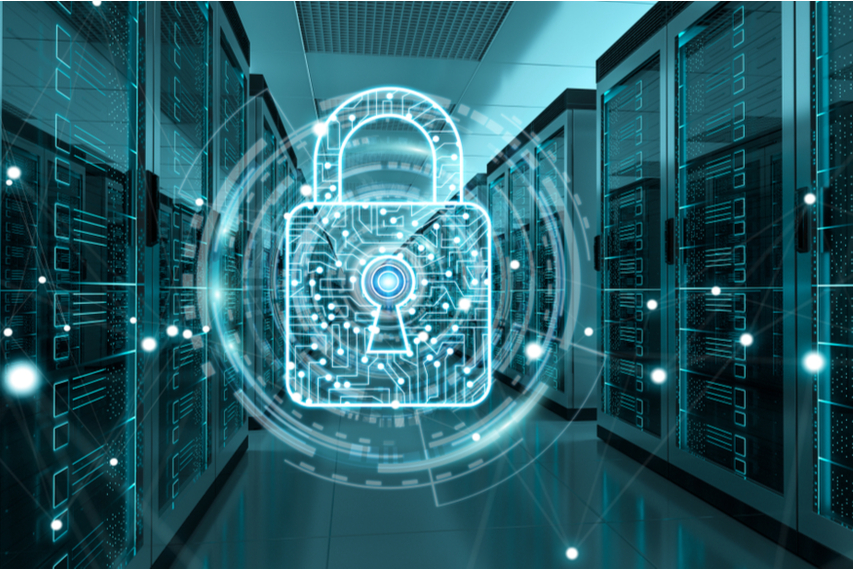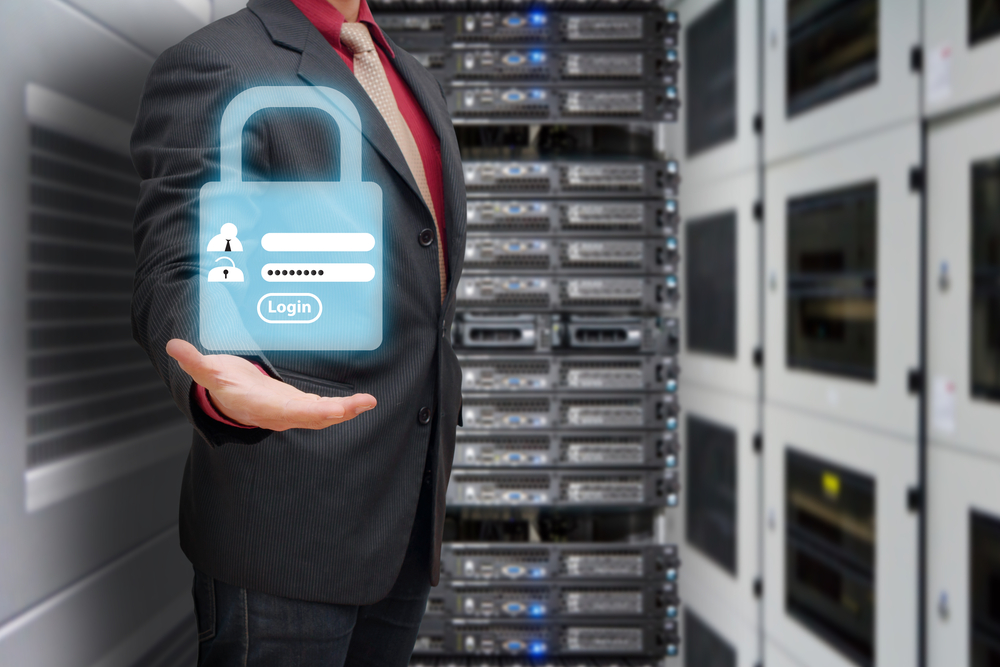What is Data Center Security?
When enterprise infrastructure is housed in a data center, it’s essential to ensure that the third-party location is physically and virtually secure. Data center security involves physical and virtual cybersecurity that protects corporate data from attackers. Most data centers house sensitive data for numerous enterprise businesses. So just one vulnerability could mean a breach for dozens of businesses. This prevents data breaches, but it also ensures uptime and integrity of corporate infrastructure and any services offloaded in the cloud.
What is data center security?
Data center security encompasses the practices and preparation that keep a data center secure from threats, attacks, and unauthorized access. Aspects of data center security include physical security, requiring site planning to limit physical break-ins. And network security, where security engineers install firewalls and anti-malware programs to prevent breaches. More recently, social engineering security has become an important aspect of keeping the data center secure. This involves maintaining and educating users about good security practices through awareness campaigns. That helps to make sure authorized persons do not unwittingly disclose information that unauthorized persons can use to defeat existing security measures.

Who needs data center security?
Every data center needs some form of security to ensure its continued use. Some aspects of “security” are actually made up of uptime features, such as multiple power sources, multiple environmental controls, and more. Data centers can be placed into four tiers: each tier is associated with a specific business function and sets an appropriate criterion for cooling, maintenance, and capability to withstand a fault. Each tier essentially shows how fault-tolerant that system is—measured in uptime—and what kind of security it may need.
Tier 1 + 2
These are generally used by small businesses that do not provide real-time delivery of products or services as a significant part of their revenue. Tier 1 comprises non-redundant capacity components, such as single uplink and servers. And tier 2 incorporates the requirements of tier 1 but adds redundant capacity components.
Tier 3 + 4
Rigorous uptime requirements and long-term viability are usually the reason for selecting strategic solutions found in Tier III and Tier IV site infrastructure. These data centers are considered more robust and less prone to failures. Tier 3 comprises the requirements of tier 1 + tier 2 but adds dual-powered equipment and multiple uplinks. Tier 4 comprises the requirements of all three previous tiers but with components that are fully fault-tolerant, including uplinks, storage, chillers, HVAC, and more.

Why data center security?
Because a data center hosts information, applications, and services that businesses use every day, organizations must ensure they are using appropriate security measures to protect the data center. Lacking effective data center security can result in a data breach where sensitive company information or worse – customer information – is exposed, or stolen. This type of data breach can be very costly, both financially and for the company’s reputation. Some businesses never recover from a data breach.
The speed of technological advancement means that security threats continue to evolve rapidly. With more virtualized data center technologies, there is an increasing need for data center security at the infrastructure layer. Security integrated within software enables a more fine-grained security approach, along with greater agility and adaptation when dealing with security threats.